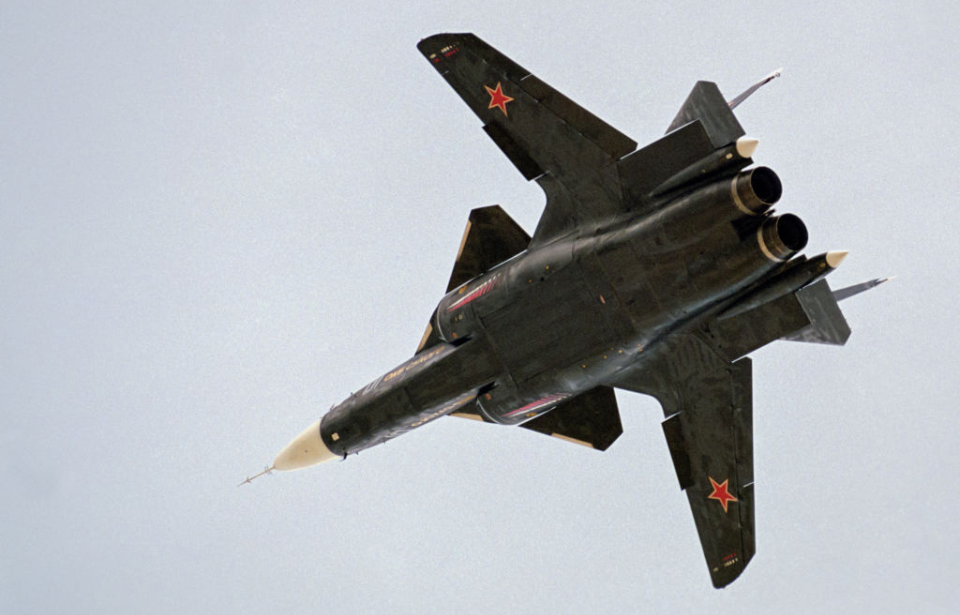Continued advancements are the norm when it comes to military aviation, and some designs stand out for their unique features and designs. The Russian Sukhoi Su-47 Berkut, with its forward-swept wings, was intended to be a leap forward, merging speed, agility and stealth into a design that seemed borrowed from the pages of a sci-fi book. However, the concept never quite took off, with just one prototype ever taking to the skies.
When did the forward-swept wing concept originate?
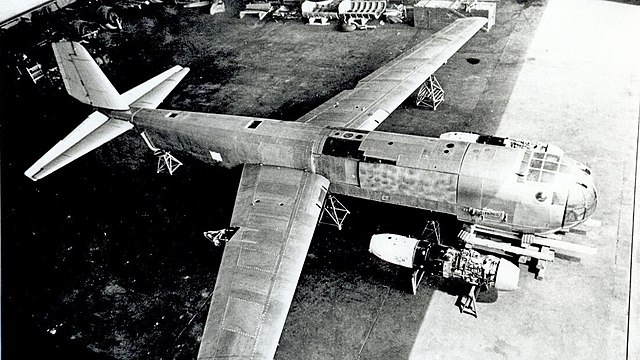
Those familiar with the forward-swept wing concept likely recall that the Luftwaffe briefly looked into designing such an aircraft during the Second World War. Just two prototypes of the Junkers Ju 287, a tactical bomber, were built, with test flights showing just minor issues with the aircraft’s power plant.
As the German military and government realized the conflict was falling into the Allies’ favor, development of the Ju 287 was put on hold, allowing resources to be saved for the Emergency Fighter Program – specifically, the Heinkel He 162 Volksjäger, a single-engine fighter that served with the Luftwaffe during the final months of the war.
In early 1945, work on the Ju 287 was resumed, but before an aircraft could be fully completed, the Red Army took over the plant where the work was being done. Despite never entering service, however, the unique concept was explored following the conflict, with American aircraft companies, in particular, looking into its possible applications.
Sukhoi Su-47 Berkut specs.
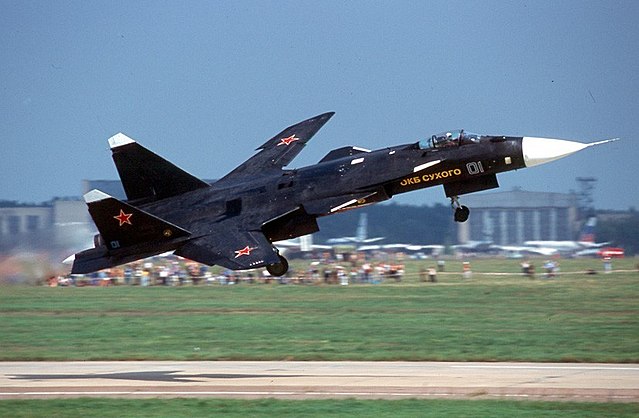
The Su-47 Berkut featured a design that diverged from traditional configurations. While its forward-swept wings were the most notable difference from other aircraft, this wasn’t the reason for its development – it was built to be a testing platform for the use of a new composite material and fly-by-wire control systems.
Size-wise, the Su-47 was similar to other Sukhoi-developed fighters. It also borrowed concepts and parts from its predecessors, with the tandem-triple layout of the Su-37 “Flanker-F” and the vertical tails, fuselage and landing gear from the Su-27 “Flanker” being used in the design.
Powered by two Soloviev D-30F11 afterburning turbofan engines, the Su-47 could reach a maximum speed of Mach 1.12 at sea level and March 2.21 at altitude, with the ability to fly some 2,100 miles. Given only a single prototype was built, no armaments were equipped by the aircraft. That being said, the intention was there, with 14 hardpoints installed.
Making use of forward-swept wings
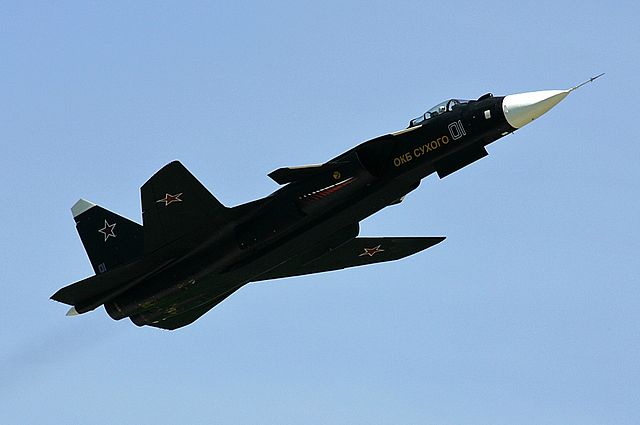
At the heart of the Su-47 Berkut‘s performance was its revolutionary design, characterized by the aforementioned forward-swept wings. This feature wasn’t solely for visual impact, as it played a key role in redefining the aircraft’s aerodynamic capabilities by facilitating improved lift dynamics and enabling the Su-47 to perform tighter turns. It also made use of two vertical stabilizers, as opposed to the standard horizontal ones.
That being said, this design prevented the Su-47 from performing well at supersonic speeds, with it best achieving subsonic and transonic speeds. There were other issues, as well. More stress was placed upon the wings than would typically be experienced with straight- or aft-wing aircraft, making the Su-47 “aerodynamically unstable,” and the cost of upkeep would have been much higher than your standard fighter. As well, the additional weight of armaments would have constrained the g-load capacity.
Sukhoi Su-47 Berkut and the dissolution of the Soviet Union
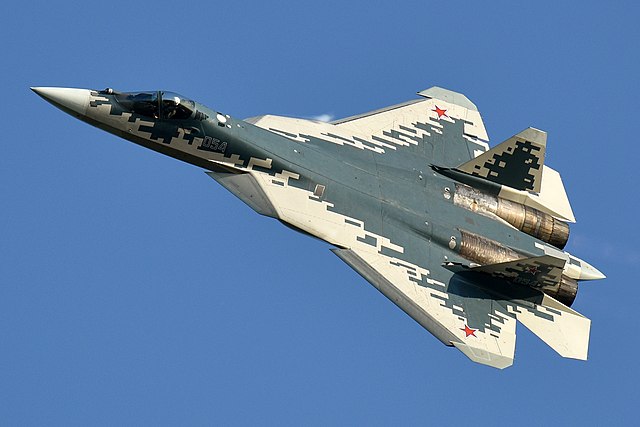
As with many projects that were initiated in the final years of the Soviet Union, its collapse caused government funding for the Su-47 Berkut to disappear. With just funds from Sukhoi available, there wasn’t much in the way of resources.
The Su-47 made its public debut at the 1997 Paris Air Show, followed by appearances at other events. It was formally introduced to the Russian Air Force in 2000 and began its first trials in December of the following year. Unfortunately, it was decided that, instead of entering mass production, the Su-47 would remain in the prototype phase and become a demonstrator for any future fighter aircraft designs.
More from us: Mikoyan-Gurevich MiG-23: The Most-Produced Variable-Sweep Wing Aircraft in History
Lessons learned from the construction of the Su-47 were used to develop the Su-35 “Flanker-E” and Su-57 “Felon,” both of which are still in service. In 2022, it was announced by state-owned Rostec that the fighter was being used to aid in the development of new unmanned aerial vehicles (UAVs). However, the exact details of the project have remained under wraps.
